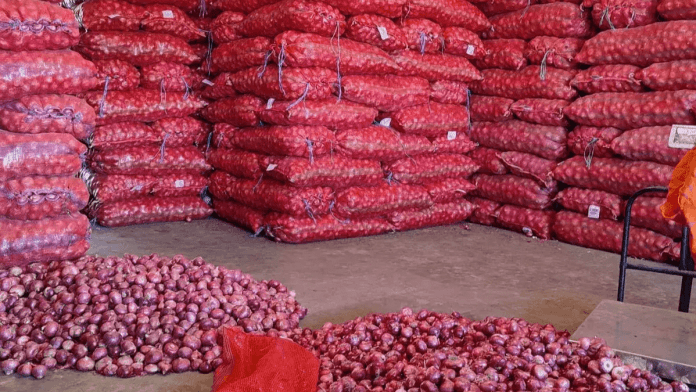News in Brief:
– New Zealand successfully harvested 220,000 to 230,000 metric tons of onions, with strong domestic demand and slightly reduced prices due to improved vegetable production.
– Onion exports to Europe decreased by 10% due to higher local supply, and exports to Asia started slower because of larger domestic crops in Taiwan and Japan, and delayed import quotas in Indonesia.
New Zealand concluded its onion harvest successfully in April 2024, with most of the crop gathered under favourable conditions. Only a small portion faced delays due to poor weather. According to Simon Vale from Balle Bros, the harvest totaled between 220,000 and 230,000 metric tons (MT). This success is a testament to the resilience and efficiency of New Zealand’s agricultural sector.
The country’s domestic demand for onions is robust, driven by high levels of immigration, which increases the number of consumers. Additionally, overall vegetable production has been better this year, leading to a slight reduction in prices compared to the previous year. This trend highlights the dynamic nature of agricultural markets, where supply and demand fluctuations directly impact pricing.
Export dynamics to Europe and Asia
The majority of New Zealand’s onion exports to Europe concluded by the end of April 2024, with total volumes about 10% lower than the previous year. This decrease was primarily due to unexpectedly high final volumes of local European onions, underscoring the importance of monitoring and adapting to global market conditions, as local production levels in export destinations significantly influence demand for imports.
Exports to Asia have faced challenges, starting slower than anticipated. Key factors include larger domestic crops in Taiwan and Japan and delays in Indonesia’s import quota issuance. For instance, Indonesia’s late start has been attributed to bureaucratic delays in import quota allocation. Additionally, New Zealand onions must undergo fumigation before shipment to Indonesia, a requirement that the New Zealand onion industry can meet. However, discussions are ongoing to negotiate an alternative phytosanitary regime for future seasons.
Competition and market outlook
The New Zealand onion industry operates in a competitive but friendly environment, where market dynamics vary by region. Domestic abundance in export markets reduces the need for imports, affecting its export volumes. Despite this, the country still maintains a stock of good-quality onions, with exports expected to continue until September or October.
The experiences of New Zealand’s onion industry highlight the importance of adaptability and resilience in agriculture. Farmers worldwide can learn from New Zealand’s ability to maintain quality and manage exports despite challenges.
Keeping a close watch on global and local market conditions is crucial. Understanding trends and adjusting strategies accordingly can help farmers better navigate the complexities of international trade.
Compliance with phytosanitary standards, such as fumigation requirements, is essential for accessing certain markets. Farmers should stay informed about regulatory changes and engage in discussions for more favorable trade terms.



